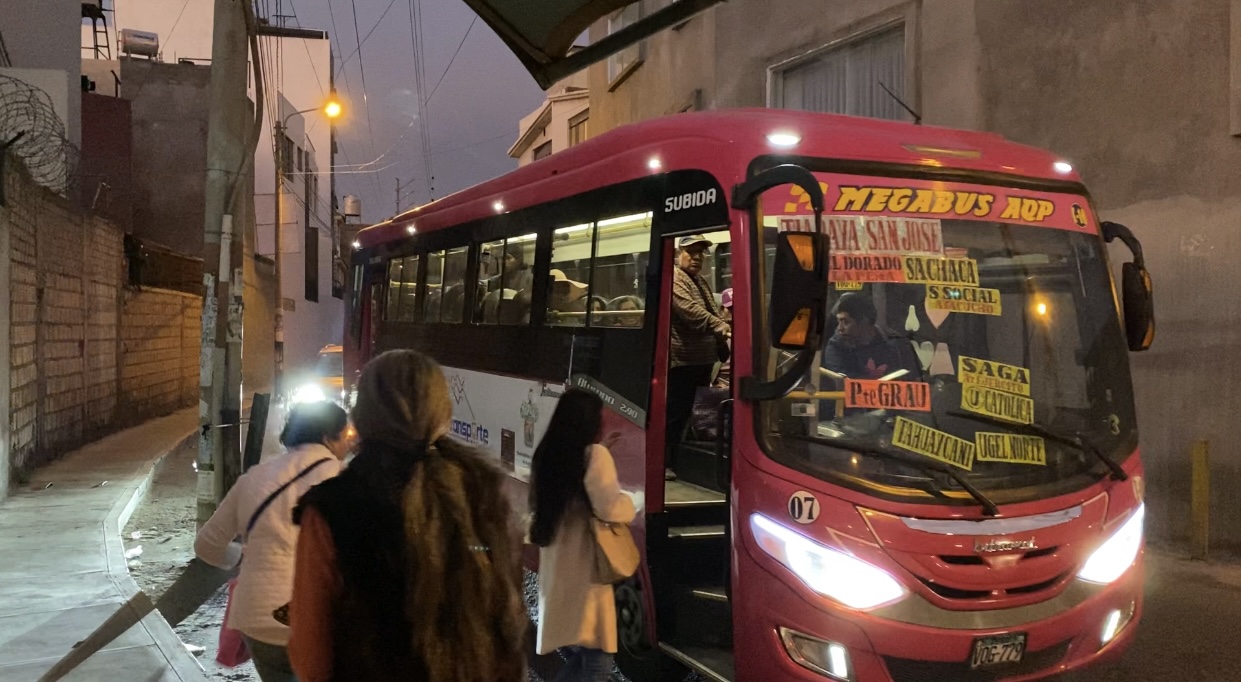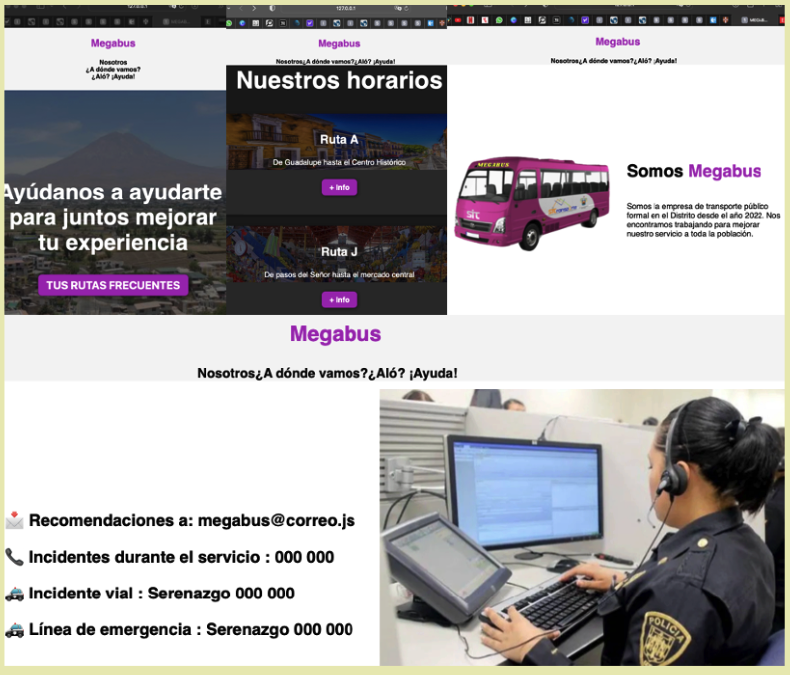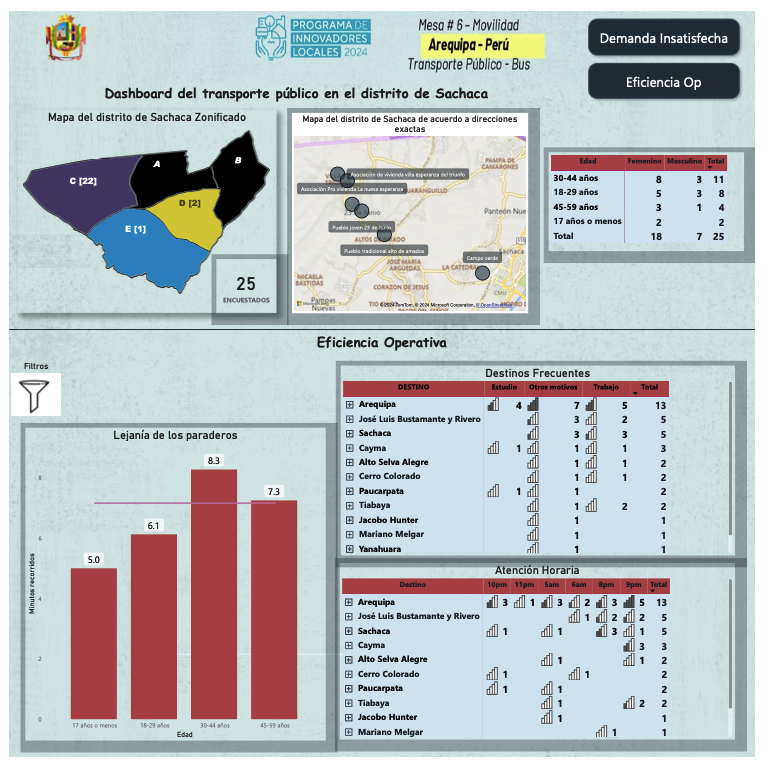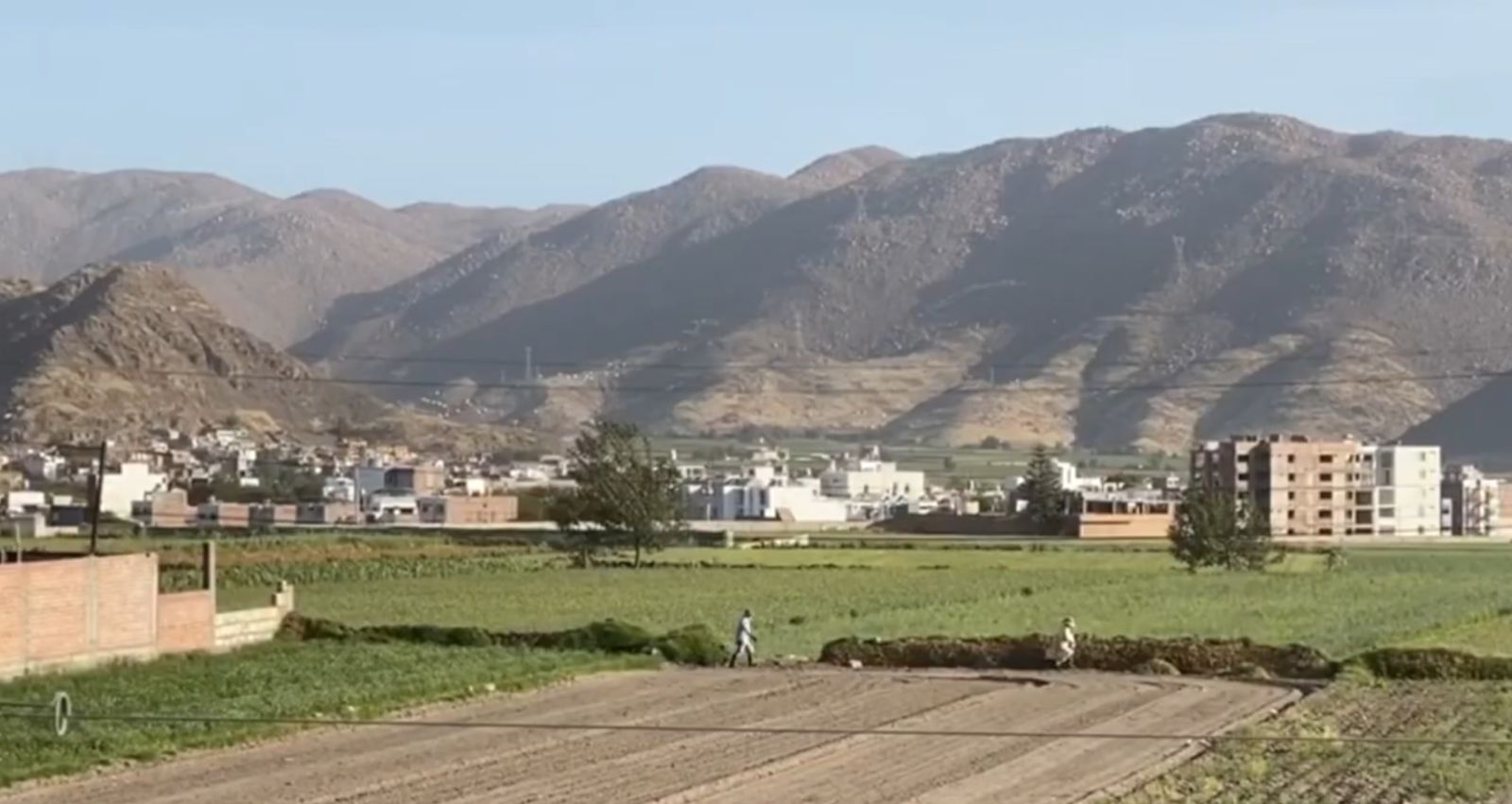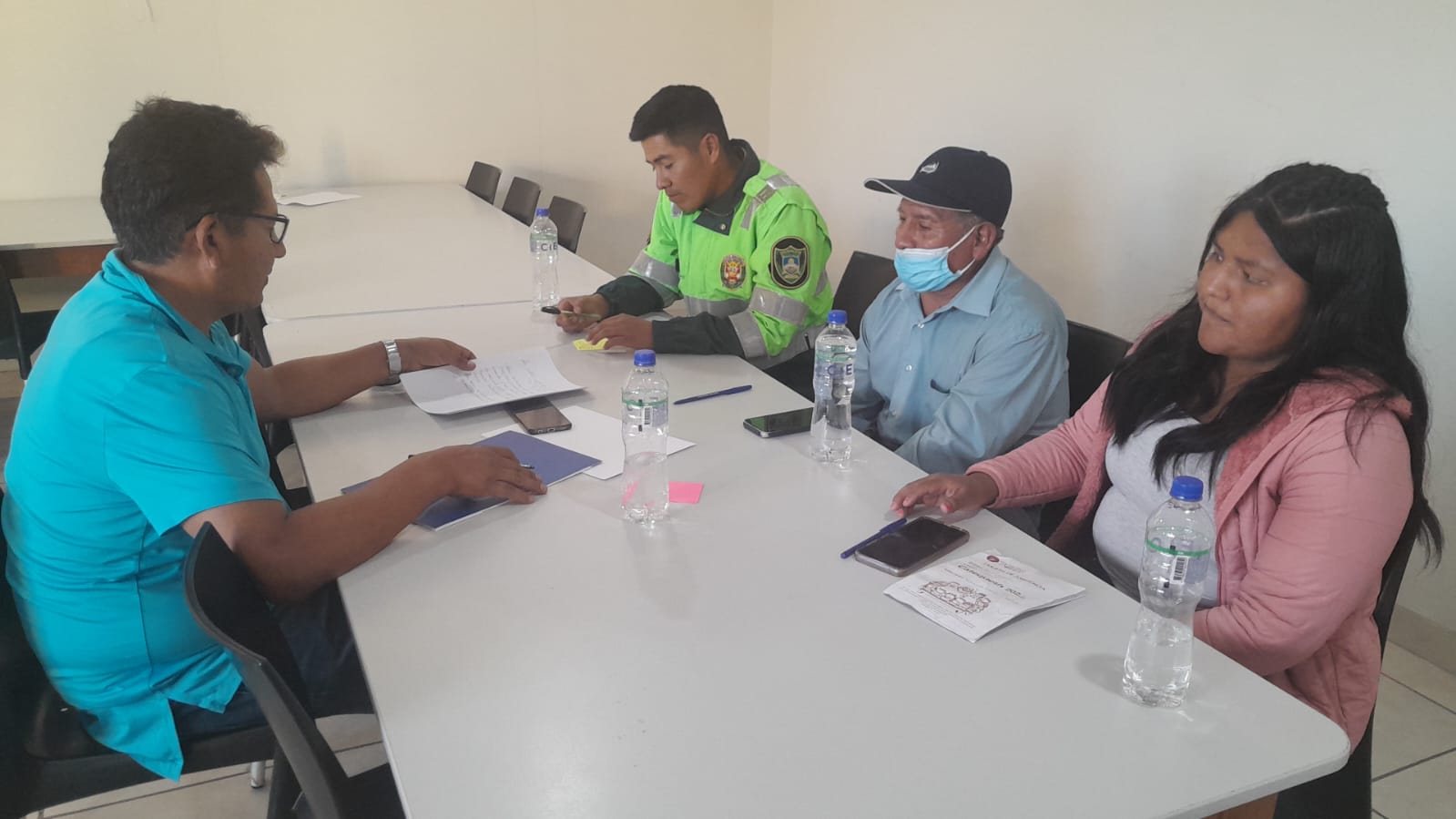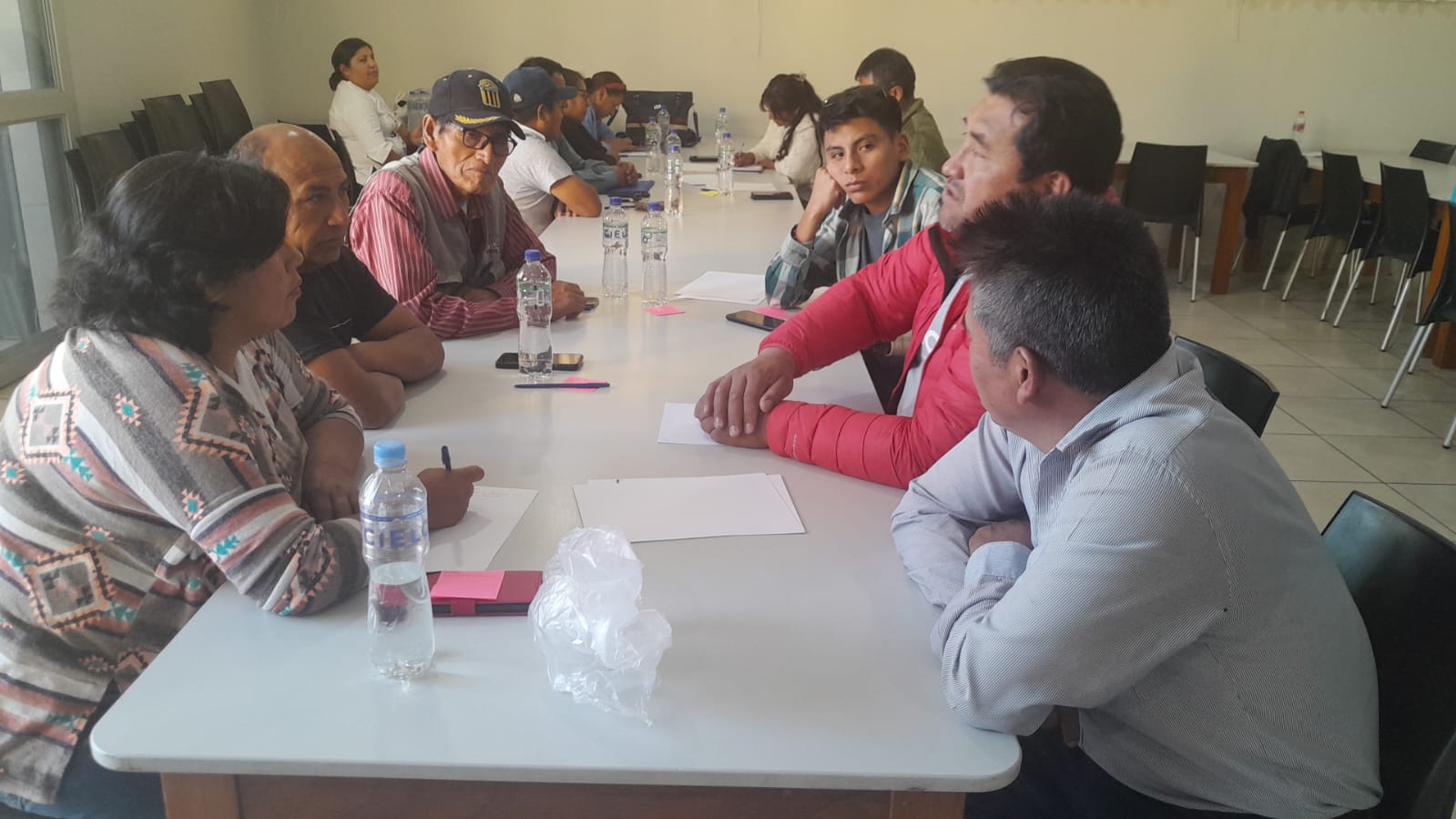Friend Bus: Transportation planned by and for everyone

Municipality
Category / Sub-Category / Topic
Urban mobility, Public transport
Type of investment needed
Grant
The challenge
The project
Know more...
Investment
(*): In kind/pro bonus
(**): Financing
Funds
Needed
Covered
Solicited
Investment
(*): In kind/pro bonus
(**): Financing
Elements for exhibitions and meetings (photographic camera, portable projector, portable computer). (*)
u$s 1000.00
u$s 1000.00
u$s 0.00
120 bottles of water for meeting attendees. (*) (**)
u$s 50.00
u$s 0.00
u$s 50.00
Book supplies for the three meetings: sensitization, training and citizen participation. (*) (**)
u$s 40.00
u$s 0.00
u$s 40.00
Printing of graphic material for bus stops and schools such as QR codes. Approximately 300 prints. (*) (**)
u$s 50.00
u$s 0.00
u$s 50.00
Service order to a systems engineer for the design and implementation of the web page (1 month). (*) (**)
u$s 500.00
u$s 0.00
u$s 500.00
Interface for web page. (*) (**)
u$s 200.00
u$s 0.00
u$s 200.00
10 people to conduct surveys during peak hours from Monday to Friday for one month. (*)
u$s 1000.00
u$s 1000.00
u$s 0.00
Full time for two months for a data analyst to be in charge of the measurement and evaluation of the project. (*) (**)
u$s 1200.00
u$s 0.00
u$s 1200.00
Funds
Needed
Covered
Solicited
Elementos para exposiciones y reuniones (cámara fotográfica,proyector portátil,computadora portátil). (*)
u$s 1000.00
u$s 1000.00
u$s 0.00
120 botellas Agua para los asistentes de las reuniones. (*) (**)
u$s 50.00
u$s 0.00
u$s 50.00
Insumos de libreria para los tres encuentros : sensibilizacion, capacitación y participación ciudadana. (*) (**)
u$s 40.00
u$s 0.00
u$s 40.00
Impresion de material grafico para paraderos y colegios como los códigos QR. Aproximadamente 300 impresiones. (*) (**)
u$s 50.00
u$s 0.00
u$s 50.00
Funds
Needed
Covered
Solicited
Orden de servicio a un ingeniero de sistemas para el diseño e implementación de la página web (1 mes). (*) (**)
u$s 500.00
u$s 0.00
u$s 500.00
Interfaz para página web. (*) (**)
u$s 200.00
u$s 0.00
u$s 200.00
Funds
Needed
Covered
Solicited
10 personas para la realización de encuestas en horas punta de Lunes a Viernes por un mes. (*)
u$s 1000.00
u$s 1000.00
u$s 0.00
Full time de dos meses para un analistas de datos que se encargue de la medición y evaluación de proyecto. (*) (**)
u$s 1200.00
u$s 0.00
u$s 1200.00

